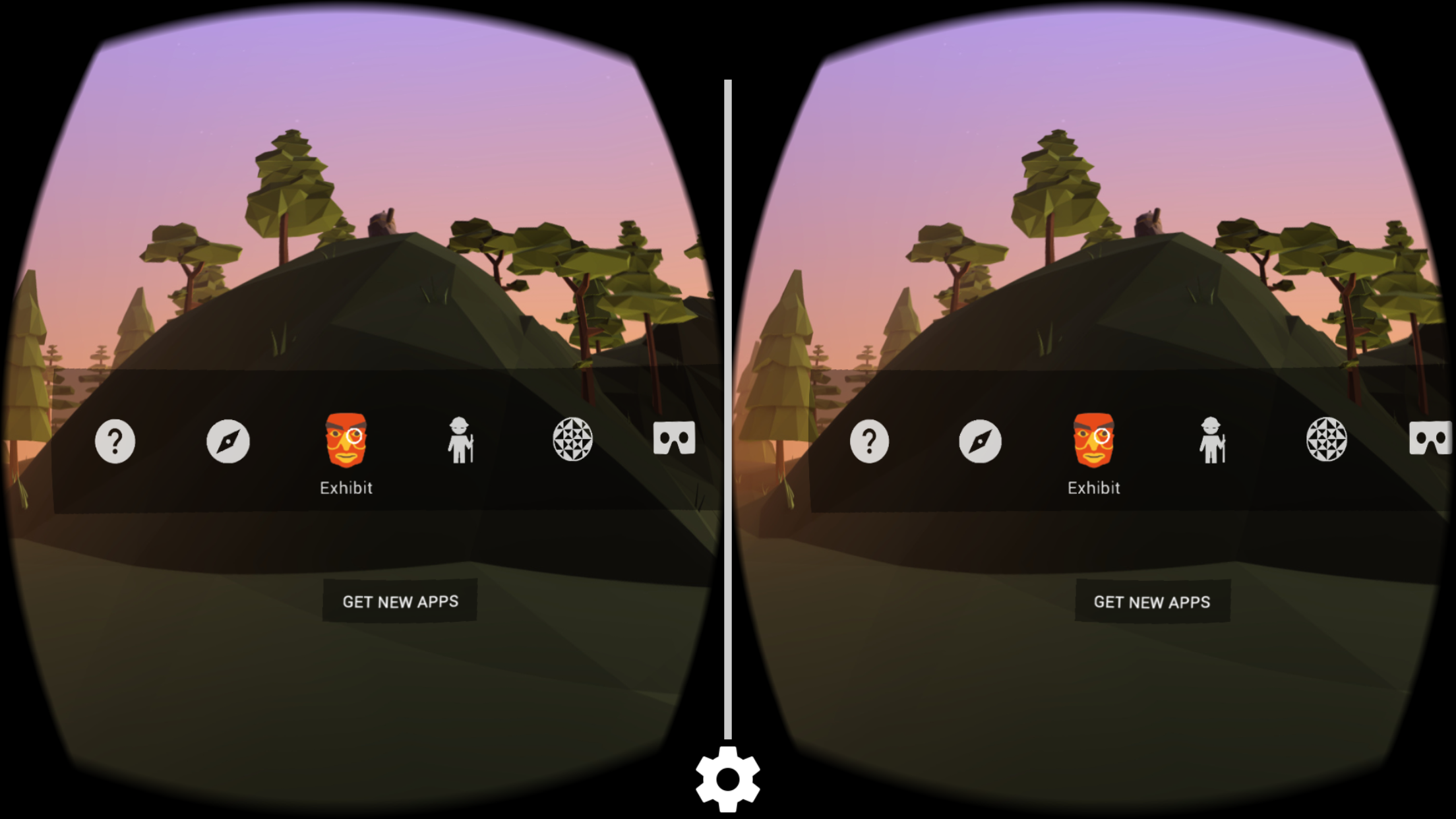

To make the distraction effective, it is thought that the more immersive an experience the patients have, the more distracted they will be from their pain. The VR simulation, typically designed as a game, helps distract patients from their physical pain and thereby reduces their perceived pain, and in some cases related anxiety.

In health research, VR has been demonstrated as a successful method for mitigating pain in numerous small research studies. Virtual Reality (VR) – defined as three-dimensional, stereoscopic, interactive computer graphics – is a computer-generated environment that can simulate physical presence in virtual worlds by engaging human sensory experiences.

Since ‘immersion’ plays an important role in VR pain distraction, knowing the level of immersion for Cardboard VR may help determine its potential as an accessible VR device for chronic pain self-management. The results indicate that the Cardboard VR, despite its simplicity and small screen size, is capable of providing an acceptable level of immersion compared to Oculus Rift’s larger screen size. Jennett et al.’s Immersive Experience Questionnaire was used to measure immersion for all the groups. Three groups of participants-the experimental group for Cardboard VR, and two control groups for Oculus Rift and a Desktop display-played Cryoblast in the same experimental setups for this study. This paper describes a study that aims at finding the difference in levels of immersion between a Cardboard VR and a traditional Head-mounted Display (HMD)-the Oculus Rift DK2.


 0 kommentar(er)
0 kommentar(er)
